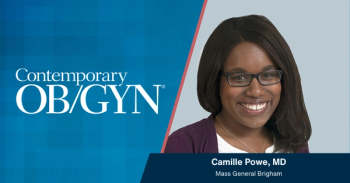
FDA approves Gardasil 9
On December 10, 2014, the US Food and Drug Administration (FDA) approved Gardasil 9 (Human Papillomavirus [HPV] 9-valent Vaccine, Recombinant) for the prevention of certain diseases caused by 9 types of HPV.
On December 10, 2014, the US Food and Drug Administration (FDA)
Gardasil 9 is approved for use in females ages 9 to 26 years and males ages 9 to 15 years for prevention of vulvar, vaginal, anal, and cervical
FDA approval was based on results of a study involving roughly 14,000 HPV-negative women ages 16 to 26 years who received either Gardasil or Gardasil 9. Gardasil 9 was found to be 97% effective in preventing vaginal, vulvar, and cervical cancers caused by the 5 new HPV types and as effective as Gardasil in preventing HPV types 6, 11, 16, and 18.
Antibody response rates in approximately 2800 females and 1200 males ages 9 to 15 were similar to those in females ages 16 through 26, leading to the conclusion that the vaccine would be similarly effective in the younger age group. Due to low incidence of anal cancer caused by the 5 new HPV types, the indication for prevention of anal cancer is based on Gardasil’s demonstrated effectiveness and additional data on antibodies in males and females who received Gardasil 9.
Gardasil 9’s safety was evaluated in approximately 13,000 males and females, with the most common adverse reactions reported being headaches, redness, swelling, and injection site pain.
To get weekly advice for today's Ob/Gyn,
Newsletter
Get the latest clinical updates, case studies, and expert commentary in obstetric and gynecologic care. Sign up now to stay informed.











